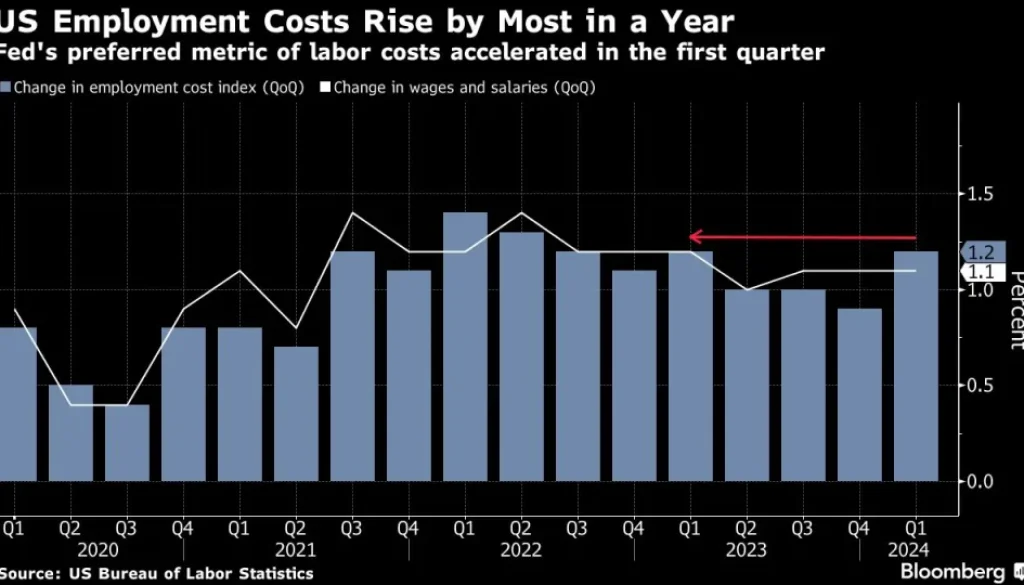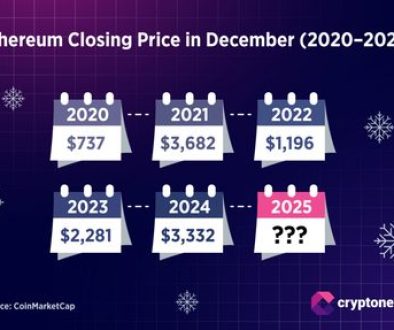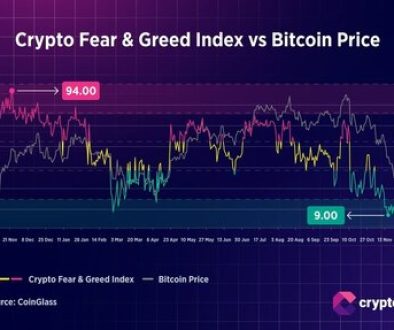Powell Keeps Rate Cuts on Table But Leaves Timing Less Certain
(Bloomberg)-02/05/2024
Federal Reserve Chair Jerome Powell kept hopes alive for an interest-rate cut this year while acknowledging that a burst of inflation has reduced policymakers’ confidence that price pressures are ebbing.
Powell, speaking to reporters Wednesday following the US central bank’s latest meeting in Washington, said price growth will likely resume cooling this year, but avoided offering a timeline for rate cuts.
Powell’s remarks reflected a broader shift in thinking at the Fed toward holding borrowing costs at a two-decade high for longer. That change in tune — first voiced last month — represented the culmination of several months of firm increases in inflation, hiring and consumer spending that has also led investors to pare back bets from roughly six rate cuts this year to just one.
“I don’t know how long it’ll take,” Powell said of when he and his colleagues might have the confidence to cut rates. “I can just say that when we get that confidence then rate cuts will be in scope, and I don’t know exactly when that will be.”
Policymakers left interest rates unchanged in a range of 5.25%-5.5%, where they’ve been since July. As recently as March, Powell said it would likely be appropriate to start cutting rates “at some point this year” — a phrase he didn’t repeat on Wednesday.
The Fed chief also established a high bar for further rate hikes, saying it’s unlikely that the next policy move will be a rate increase. Officials would need to see “persuasive evidence” that policy isn’t sufficiently restrictive to bring inflation down to their 2% target to consider raising rates again, Powell added.
“There is a clear bias towards easing and he stuck to that,” Seth Carpenter, chief global economist at Morgan Stanley, said on Bloomberg TV. “The market discussion was about: Should we start pricing in rate hikes? And he was quite clear that that is not where they are.”
Powell’s comments soothed investors’ fears that the central bank leader would more forcefully lean against rate cuts this year, or even flag a potential hike. Treasury yields slid and stocks briefly rallied during the press conference, moves that were particularly notable after Powell said a rate hike was “unlikely.”
Officials also announced plans to slow the pace at which they’re rolling maturing assets off their balance sheet beginning in June. The cap on Treasury runoff will fall to $25 billion per month from $60 billion while the cap on mortgage-backed securities will remain at $35 billion.
With principal payments of agency securities currently running at about $15 billion per month, the total monthly portfolio runoff will be about $40 billion, Powell said.
Inflation Impact
In the six weeks since the Fed’s last meeting in March, officials have increasingly expressed concern over incoming data that appeared to show inflation stalling out — or even reaccelerating. The central bank’s preferred gauge, the personal consumption expenditures index, rose 2.7% in March from a year earlier. That compared to a 2.5% advance in January.
Policymakers explicitly acknowledged that data by adding a line to their post-meeting policy statement noting the “lack of further progress” toward their inflation goal in recent months.
While the PCE price index is down from its 2022 peak of 7.1%, the higher-than-hoped inflation figures have raised questions about whether the “last mile” of the Fed’s drive to bring down inflation will be the toughest.
Paired with still-strong economic growth and robust hiring, it’s also sparked discussion about just how much Fed policy is weighing on the economy. Powell clearly pushed back against that idea Wednesday.
“I do think the evidence shows pretty clearly that policy is restrictive and is weighing on demand,” Powell said. “We believe over time it will be sufficiently restrictive.”
Read More: Fed Resets Clock on Cuts and Questions If Rates Are High Enough
Fed officials, who spent the bulk of 2022 and 2023 aggressively raising rates in an effort to cool price growth, have said the risks to both their inflation and employment goals are now in better balance. Powell repeated that message, reiterating the Fed is prepared to lower borrowing costs should there be an unexpected weakening in the labor market.
“Chair Powell’s base case remains that inflation will resume a downward trend, so I read that as meaning he still sees the likelihood of rate cuts this year,” said Kathy Bostjancic, chief economist at Nationwide Mutual Insurance Co. “So he is still leaning towards rate cuts, but unlikely to be three cuts given we are already one-third into the year.”
Policymakers forecast three rate cuts this year at their December and March meetings, according to their median rate projection. Though they won’t update those forecasts until their meeting in June, most Fed watchers expect just one cut now.




